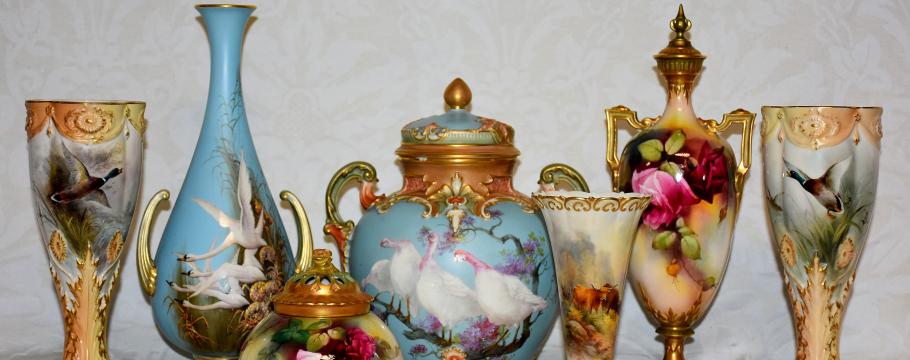
Important French commode of major auction significance
Author: Richard Brewster | Posted: 4th April, 2017
An important Madagascar rosewood and amaranth commode after the original Joseph Stockel piece which resides in the Musee National du Chateau de Fontainbleau is a major highlight of Christian McCann’s forthcoming auction from noon Sunday April 9 at 426 Burnley Street, Richmond.
Of German descent, Joseph Stöckel (1743-1802) was known to be in France as early as 1769.
He was made a master in 1775, set up his first shop in the rue de Chareton, and moved to the rue des Fosses-du-Temple after the French Revolution broke out.
Pierre Vertlet's research has elevated Stöckel's importance to the late 18th century furniture industry, stating that many of the pieces previously believed to be Guillaume Benneman should be attributed to Stockel.
He is known for his use of mahogany and tulipwood veneers, as well as his complicated architectural furniture using rectangular, circular, or semicircular compartments with bronze mounts in the shape of lion paws.
The auction features the Maggie Lockwood collection and the largest private assembly of antique Boulle furniture and clocks to be sold in Australia.
These quality timepieces include a rare Boulle long case clock and salon clocks and clock sets.
Of interest to porcelain collectors is the rare English Royal Worcester including items by George Owen, a hand painted turkey vase attributed to Charles Baldwyn and vases by Harry Davis and John Stinton.
Other porcelain includes rare 18th century pieces such as Dr Wall Worcester, Derby, Meissen and Vienna.
Another strong attraction is the fine selection of 18th century English furniture including a rare walnut double dome top bureau bookcase, writing desks, low boys, card tables and dining tales and chairs.
Among the exhibition quality French marquetry inlaid furniture are vitrines, card tables, bureau plats and carved giltwood pieces.
There also are 19th century French giltwood mirrors and an outstanding collection of Japanese Meiji period (1868-1912) netsukes.
Additional features include Australian and international art from the 18th to the 20th centuries, Chinese antique porcelain and jade and signed antique bronze figures and groups.





